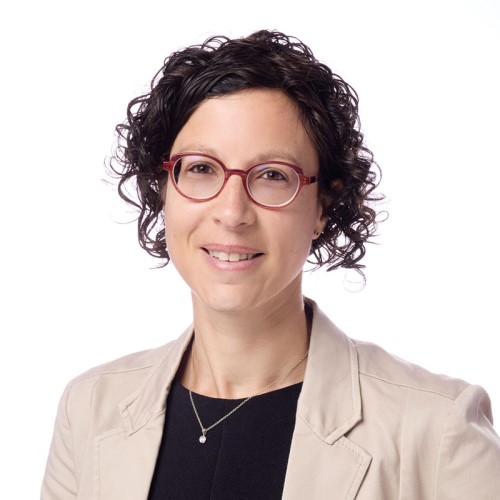Date: Thursday, December 14, 2023
Time: 10:00am EST
Duration: 1 hour
In recent years, endoscopes have evolved and now enable a range of minimally invasive diagnostic procedures and surgeries. The imaging function is now located in the small tip of the endoscope, where more and more functionality is located. This means there is less space for the actual imaging module, and as medical professionals demand an increased resolution in the number of pixels, this is a significant mechanical and environmental constraint.
In this webinar, Céline Semécas and Pierre Fereyre from Teledyne e2v, explain how the CMOS technology used in image sensors is constantly evolving and, along with advances in packaging and modules, overcomes challenges by enabling the design and manufacture of miniaturized sensors and modules with both low power and high data transmission rates. Leveraging over 35 years of medical imaging expertise, they also explain the new medical imaging techniques that are emerging and how the endoscope can give surgeons and doctors real-time images, allowing them to see much more than the naked eye can see. Lastly, they discuss the advanced imaging techniques that are available, for example 3D imaging for robot-guided surgery, fluorescence imaging using the NIR wavelength, or multispectral imaging for improved visibility of abnormalities or capillaries.
About the presenters:
Céline Semécas is a marketing manager at Teledyne e2v with a focus on innovative imaging healthcare solutions. Her expertise includes strategic and operational marketing, including the analysis and understanding of market trends and needs, defining products and roadmaps, and releasing products onto the market. She has 15 years of experience in imaging and a degree in management and business administration from Grenoble Ecole de Management (GEM).

Pierre Fereyre is senior principal engineer at Teledyne e2v, where he advises technical teams on how to solve complex challenges during the development of innovative image sensors for various applications from medical to industrial. He has more than 35 years of R&D experience in imaging and semiconductors and contributed to over 25 patents and publications in the field of image sensors.

